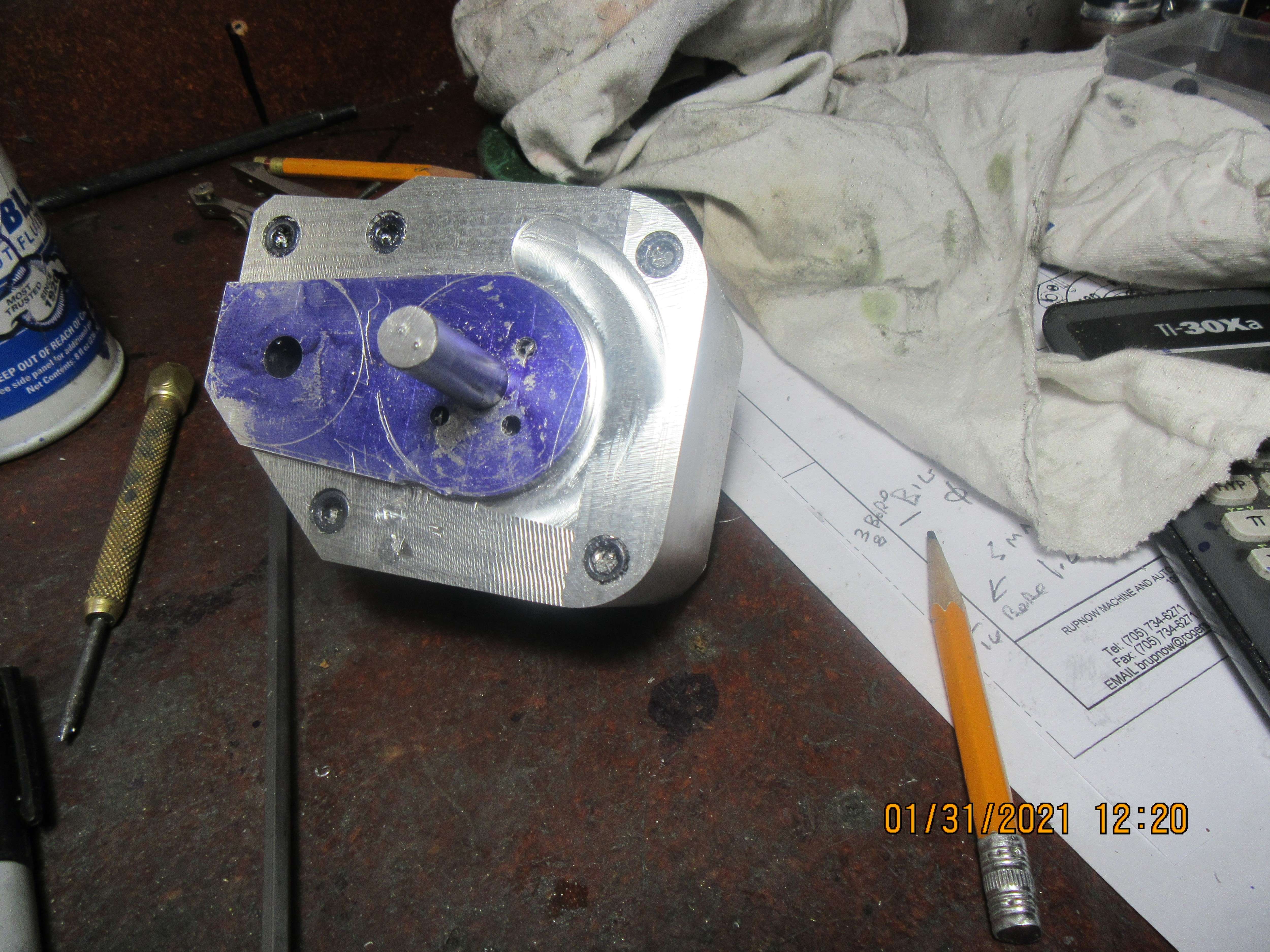Today I determined that if I swapped positions of the carburetor and the exhaust, that would keep my gas line away from the flywheel and give me room to mount a small, belt driven fan between the flywheel and exhaust. Similar to an earlier vertical i.c. that I designed and built a few years ago, the belt would be an o-ring driven by the flywheel. I haven't shown it here, but may have time tomorrow to do some more on the design.


































![DreamPlan Home Design and Landscaping Software Free for Windows [PC Download]](https://m.media-amazon.com/images/I/51kvZH2dVLL._SL500_.jpg)






























![MeshMagic 3D Free 3D Modeling Software [Download]](https://m.media-amazon.com/images/I/B1U+p8ewjGS._SL500_.png)


![20210201_130425[1].jpg 20210201_130425[1].jpg](https://cdn.imagearchive.com/homemodelenginemachinist/data/attach/76/76489-20210201-130425-1-.jpg)




